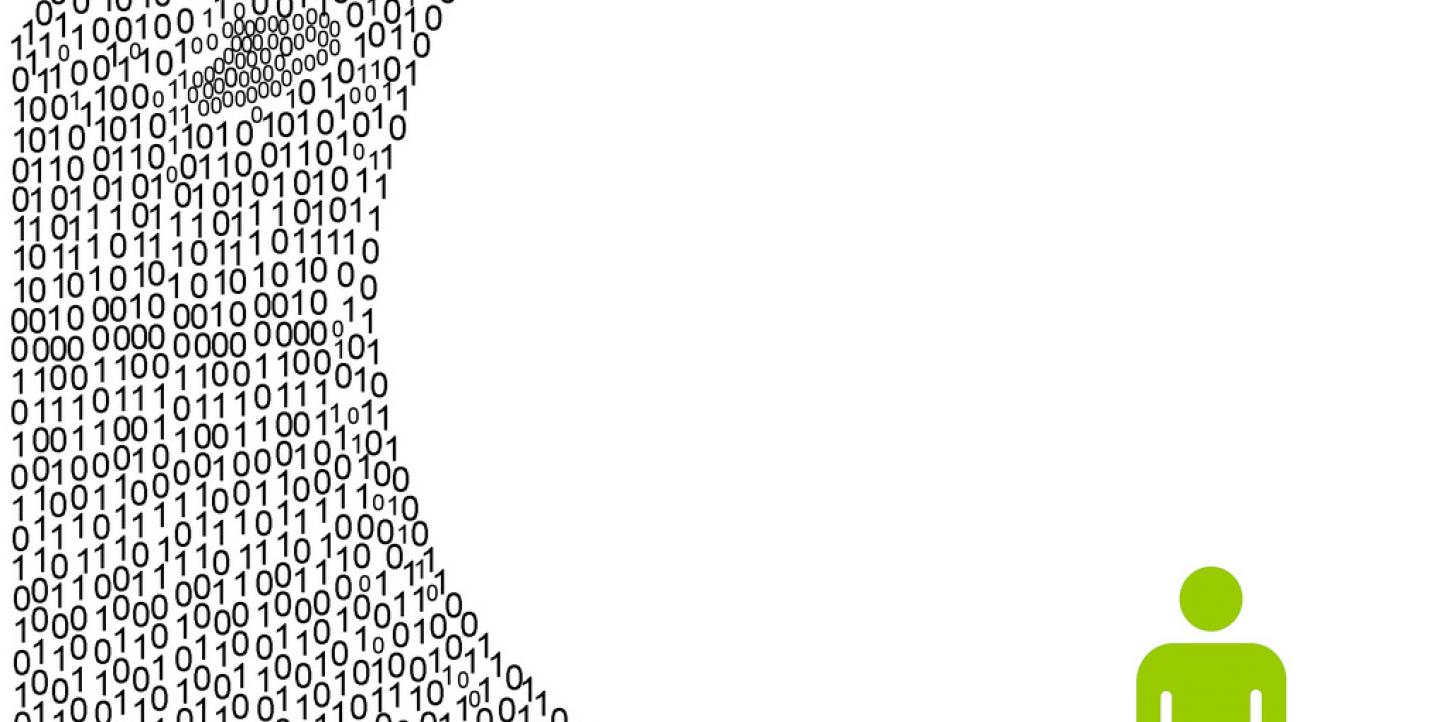Whether you live in a democratic society or a one-party state, the ability to sift through information and evaluate media messages is a vital skill set in our era.
“Media literacy” means the skillful application of literacy skills to media and technology messages. It's long been an important part of thoughtful civic engagement, and the digital revolution has made it even more critical. The explosion of digital media and social networking platforms has transformed citizens into publishers and broadcasters. A truly media literate citizen in 2013 is someone who not only understands the meaning behind the messages he or she encounters, but who can also create quality content and distribute it in a variety of forms in order to become part of society’s larger dialogue.
This new reality “means that media literacy programs need to reach a vast audience,” according to a new report from the Center for International Media Assistance (CIMA). The report, Media Literacy 2.0: A Sampling of Programs Around the World, examines some of the programs and campaigns working across the world to equip citizens to analyze and evaluate incoming information. (Disclosure: CIMA is a partner of IJNet.)
Although the report notes that media literacy programs “have a long way to go before they have the size and scale to be truly effective,” it highlights a number of different, and often innovative, approaches to promoting media literacy, from Botswana to Jordan.
Among these is a two-year-old effort in Cambodia called Loy9. It uses TV, radio, the Internet, telephone dial-in and games to promote participation in civic life by young people, particularly those in rural areas.
A 2012 survey found that Cambodian young people consumed a lot of media and trusted almost all of it, the CIMA report says. They seemed vulnerable to being misled by media, whether that took the form of one-sided news reports or karaoke videos that carried damaging messages about gender.
In response, Loy9 “tells the stories of people who have contributed to their communities and shows how they can be emulated,” according to an article by BBC’s Media Action, which oversees the program. “The positive sentiment of inspiration and peer to peer support is summed up in the [show’s] name, Loy9, which is a slang term of praise among young Cambodians.”
With “music, brightly colorful animations and ebullient hosts,” Loy9 tries to be fun and entertaining while taking on serious subjects. Several episodes feature Loy9 personalities going to villages to show local young people how to make a video, including “storyboarding,” shooting, editing, and camera and tripod use.
Episodes have featured a drama in which a young man runs for election as youth representative on a community council, a visit with a young women’s soccer team, young people helping create a library in a village and a scavenger hunt around Phnom Penh in which participants engage in problem-solving and team cooperation.
According to Colin Spurway, the project director in Phnom Penh, the idea is to impart skills to the young people in the village, but also to make a point to the broader audience that behind every video are people who have a particular message they want to convey, and who have chosen to show some things and not others.
“We did not want to perpetuate the illusion that TV programs just sort of emanate from your television,” Spurway told CIMA. “We wanted to make it clear how it was made.”
Showing the backstory about how a program is made has paid off: the TV version, aired on Cambodia’s two most widely watched TV networks, draws up to 2 million viewers, with some people watching communally on TVs powered by car batteries.
Read the full CIMA report here.
Jessica Weiss, a former IJNet managing editor, is a Buenos Aires-based freelancer.
Image courtesy of Flickr user Mark Smiciklas under a Creative Commons license.

